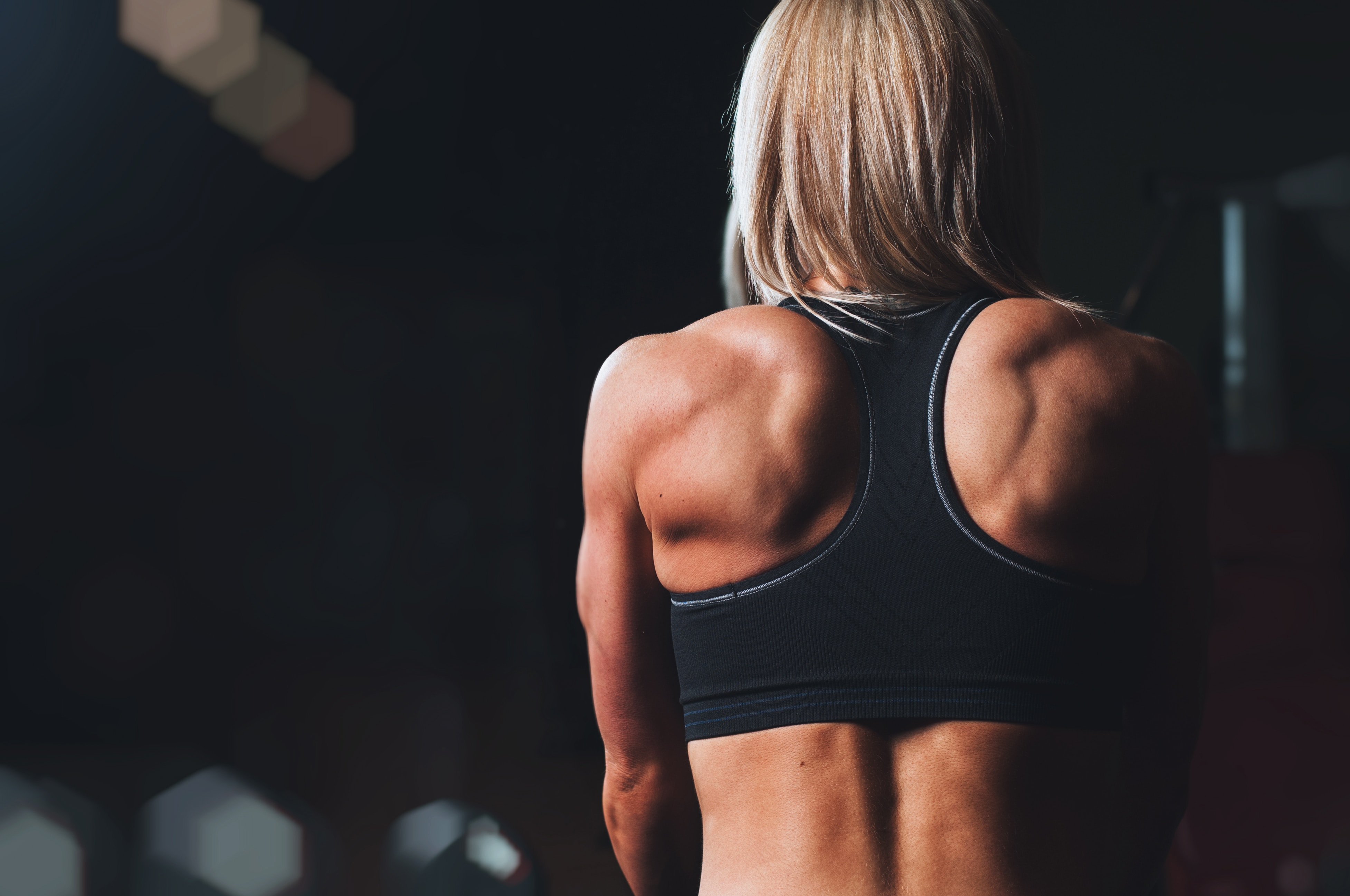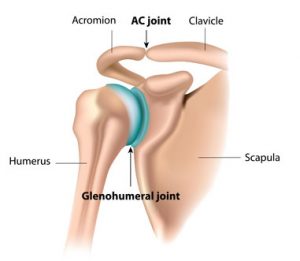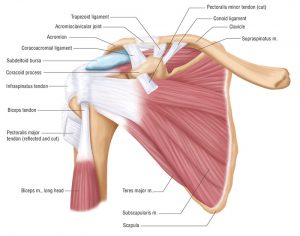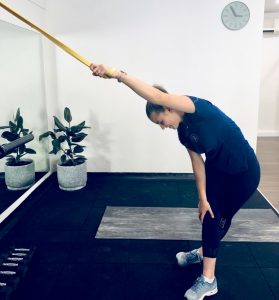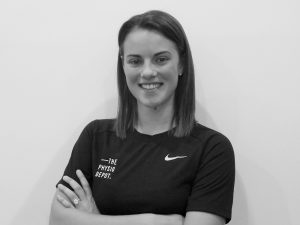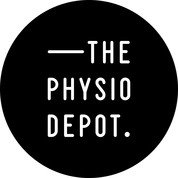SHOULDER PAIN AT THE GYM??
What makes up the shoulder?
The shoulder joint (Glenohumeral joint) has the greatest range of motion of any joint in the body. It is made up of three bones the humerus, scapular (shoulder blade) and clavicle (collar bone). These bones make up 3 main joints the gleno-humeral, sterno-clavicular and acromio-clavicular joints. The gleno-humeral joint is the large ball and socket joint and the socket is made deeper by surrounding cartilage. These bones provide some stability around the shoulder however majority of the shoulders stability comes from the surrounding muscles, tendons and ligaments. The muscles that move the humerus provide more stability to the shoulder than all the ligaments and capsular fibres combined. The rotator cuff muscles are the primary mechanism for supporting the shoulder joint.
A lot of people with the tasks we perform as a society, now have shoulders that are rounded forward. The problem with forward-rolled shoulders is that it puts the shoulder into an unstable position that limits the capacity to create external rotation and stability around the shoulders. The external rotators of the shoulder become overstretched, weak and stiff which can lead to acute shoulder pain at the gym.
Fortunately there are a number of things you can do to help relieve shoulder pain at the gym beginning with modifying activities, mobility work and a strength/stability rehab program.
How to reduce shoulder pain in your gym program!
The three main ways shoulders are trained are through pulling, pushing and pressing movements.
- Shoulders find pulling work the easiest as it opens the front of shoulder up and works on keeping the shoulders in a neutral position which is best for force production.
- Pushing work increases the load on the shoulder more than pulling work and therefore this type of load should be limited if the shoulder is painful.
- Overhead pressing work is the hardest for the shoulders to perform with the shoulder in the least stable position.
- Taking some time away from overhead work, limiting your pushing work and really working on your pulling work can make a huge difference in settling down your shoulder pain at the gym.
Shoulder Mobility Exercises!
Working on the mobility restrictions around the shoulder to increase the range of motion will also help to restore the shoulders to a neutral position to help optimise force production.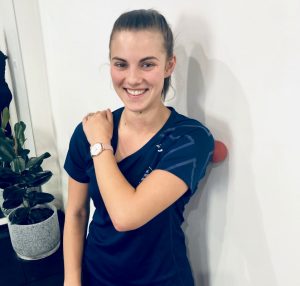
Shoulder capsule release
Position a lacrosse ball right behind your shoulder, just above your armpit, apply as much pressure as needed to release this tissue.
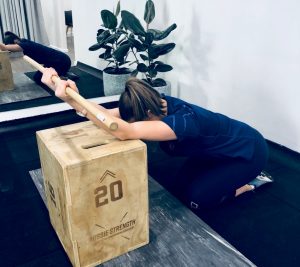
Flexion stretch kneel in front of a box with your arms facing toward your body and elbows positioned next to each other, keep elbows together and drop your head down between the box and yourself.
Banded Lat stretch: Hook your wrist through a large band, fold your body in half with your arm overhead and lean away from the band to stretch your lat.
Strength Exercises for Shoulder Pain!
Stability and strength will allow for you to keep your shoulders happy whilst training at the gym and through life. Start with stability and slowly increase the difficulty of exercises you train.
- Shoulders like a 2:1 ratio of pull:push work. Pulling work is where you will develop your shoulder stability which will allow you to do the pushing work pain free.
- The stages of strength and stability rehabilitation around the shoulder:
- Isolate the shoulder = rotator cuff activation exercises and scapular control exercises both in a small range of motion.
- Get the shoulder stronger = Start in neutral positions with exercises like static bear crawls, chest press from the floor and modified push ups on a bar.
- Increase difficulty/stability = Change the exercises to have harder positions such as dynamic bear crawls, shoulder taps and mini Turkish get ups
- Resume pressing = add a band around your wrists to increase your rotator cuff activation during your press movements to begin with and then reintroduce kettle bell press and Arnold press’.
These stages should take you between 6-12 weeks to rebuild the shoulder stability and strength. After this it is important to maintain your pulling work so that your shoulders don’t slip back into a forward rolled shoulder position. Neutral shoulder position will allow for the greatest force production pain free.
If you have any questions shoot us a message or book an appointment online!
Any questions about an injury shoot us a message, give us a call on (02) 4751 9127
or book a session online here.
Written by Georgia King
(Physiotherapist)

